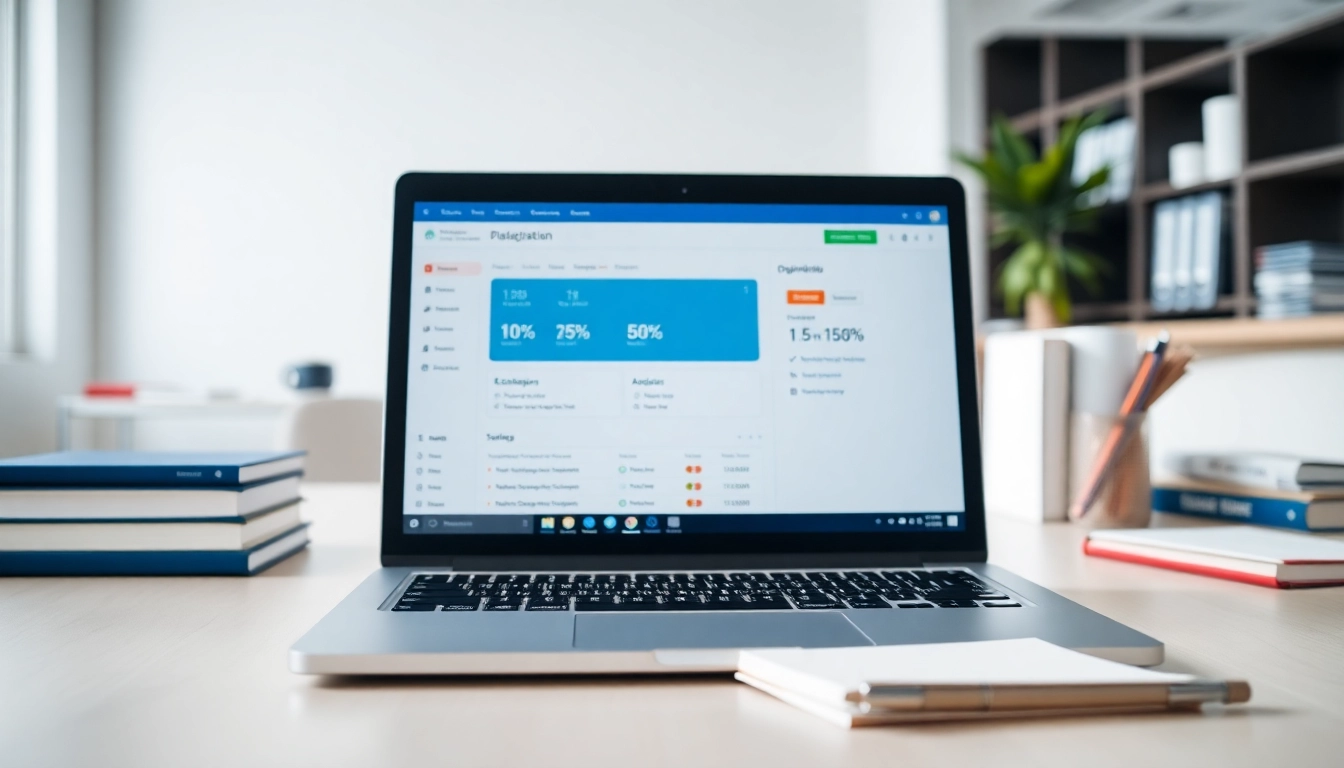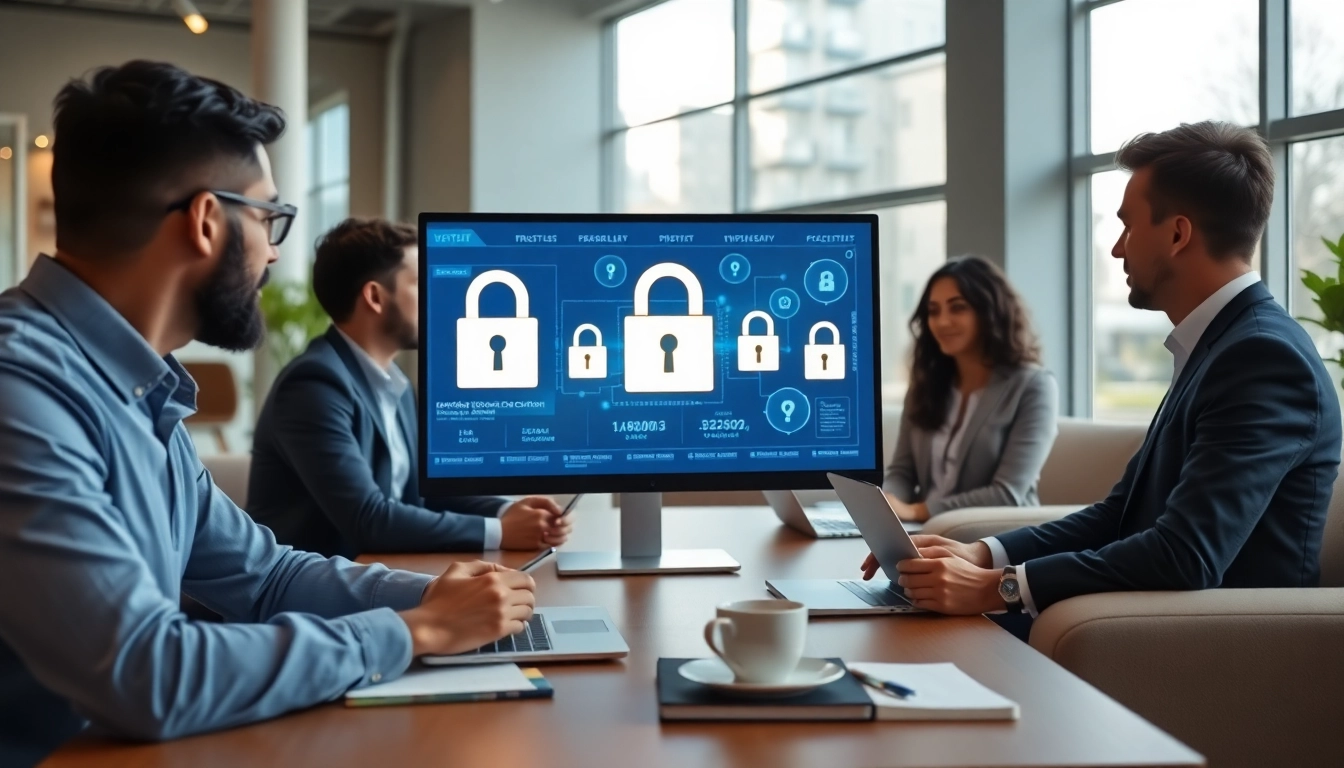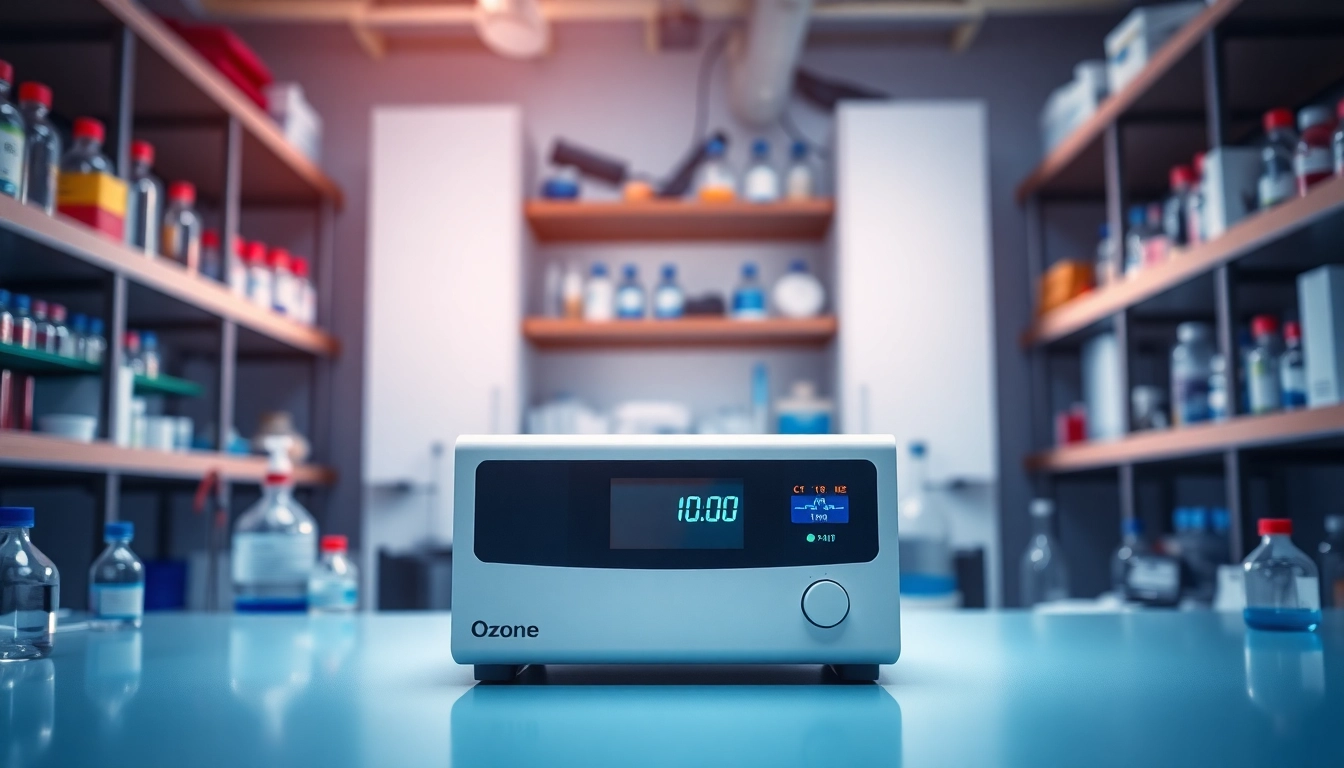Understanding the Importance of a Plagiarism Detector
In an age where information is readily accessible and content creation is instantaneous, the critical issue of plagiarism has come to the forefront of academic integrity and professional ethics. The proliferation of online resources allows for easy copying and modification of existing texts, making it paramount for students, educators, and professionals alike to utilize tools that ensure originality. Enter the plagiarism detector, an essential tool that helps to identify duplicate content efficiently and accurately. This article dives deep into the significance of plagiarism detection, exploring its workings, choosing the right tools, best practices, and future trends.
What is Plagiarism and Why It Matters
Plagiarism is fundamentally the act of using someone else’s work, ideas, or expressions as if they are one’s own without proper attribution. This can range from copying text verbatim without quotes to paraphrasing someone else’s ideas without credit. Understanding the nuances of plagiarism is essential, especially in academic settings. Not only does it undermine the concept of originality, but it can also lead to serious repercussions for students and professionals, including loss of credibility, legal issues, and academic penalties.
Common Consequences of Plagiarism
The implications of plagiarism can be severe. In educational institutions, students caught plagiarizing often face disciplinary actions which could include failing grades, expulsion, or suspension. For professionals, plagiarism can result in legal repercussions, damage to reputation, and loss of employment. It is a violation of ethical standards in most disciplines, leading to a decrease in trustworthiness and integrity, which are crucial in maintaining academic and professional standards.
The Role of Academic Integrity
Academic integrity refers to the ethical code that governs the academic community, promoting honesty and responsibility in scholarship. Plagiarism strikes at the heart of this integrity, compromising educational values and the authenticity of academic accomplishments. Institutions emphasize the importance of original work and critical analysis, advocating for the use of plagiarism detectors as a means to uphold these standards. The integration of these tools in both learning and assessment fosters a culture of originality and respect for intellectual property.
How a Plagiarism Detector Works
Understanding how plagiarism detectors function demystifies their effectiveness. These tools employ complex methodologies to scan documents for potential instances of plagiarism, which can range from simple direct matching to nuanced contextual understanding.
Key Technologies Behind Plagiarism Detection
Modern plagiarism detectors utilize various technologies, including:
- Text Matching Algorithms: These algorithms compare the submitted text against a vast database of existing content, often leveraging advanced indexing techniques to find exact matches or near matches.
- Latent Semantic Analysis (LSA): This technology assesses the meaning of words and context in order to detect paraphrasing, making it harder for slight modifications to evade detection.
- Machine Learning: Some advanced detectors utilize machine learning models that learn from patterns of plagiarism, continuously improving accuracy over time by adapting to new writing styles and sources.
Comparative Analysis of Detection Methods
Different plagiarism detection tools utilize varying methodologies which can impact their effectiveness. Some rely heavily on a massive database of known texts, which is effective but may miss newer or less common sources. Others incorporate AI techniques that evaluate contextual similarity, offering a broader scope of detection. For instance, tools like Turnitin and Grammarly emphasize deep text analysis whereas alternatives like DupliChecker may focus on simpler string matching. Understanding the strengths and weaknesses of these approaches is vital for choosing the right plagiarism detection tool for specific needs.
Understanding Similarity Reports and Metrics
When a plagiarism detector completes its scan, it generates a similarity report detailing potential matches along with a percentage indicator of similarity. This report is crucial for users to interpret, as it provides insights into how much of their work overlaps with existing texts. Users must understand how to evaluate flagged passages and discern which require further inspection or citation adjustments. Additionally, not all matches are harmful; some could simply be common phrases or citations, thus critical evaluation is necessary.
Choosing the Right Plagiarism Detector
With numerous plagiarism detection options available, selecting the right tool can be overwhelming. Evaluating key criteria can simplify the decision-making process, ensuring users select the most effective option tailored to their needs.
Criteria for Evaluating Detection Tools
When determining which plagiarism detector to use, consider the following factors:
- Accuracy: How well does the tool identify potential plagiarism? Investigating user reviews and expert recommendations can provide insights.
- Database Size: A larger database typically provides more comprehensive coverage, increasing the likelihood of detecting matches.
- User-Friendliness: The interface should be intuitive, allowing users of all skill levels to navigate easily and interpret results effectively.
- Cost: While many tools offer free versions, assessing the benefits of paid features is critical for anyone focused on academic integrity.
- Support and Resources: Access to customer support and educational resources can enhance the utilization of the tool.
Top Free vs. Paid Plagiarism Detecting Tools
There are both free and paid plagiarism detection tools available on the market, each with its own pros and cons:
| Tool | Features | Cost |
|---|---|---|
| Grammarly | Plagiarism detection with grammar checks, contextual analysis. | Free (basic) or Premium (paid) |
| Turnitin | Comprehensive database with educational focus; detailed similarity reports. | Paid |
| DupliChecker | Basic plagiarism detection; user-friendly interface. | Free with limited scans, premium for unlimited checks. |
| PapersOwl | AI-powered checking; adapts to various file types with high accuracy. | Free |
| Copyleaks | Detects paraphrasing and source code infringement; customizable. | Paid with a free trial |
Case Studies: Successful Use Cases of Detection Tools
Many institutions have successfully integrated plagiarism detection software into their curricula. For instance, the Michigan State University found that after implementing Turnitin, incidences of academic dishonesty dropped significantly. Faculty members were able to use the detection reports as a teaching tool, helping students understand proper citation practices, thus fostering a culture of integrity. Similarly, high schools adopting Grammarly reported a marked improvement in writing quality among students, as the tool not only detects plagiarism but also provides recommendations for better writing, effectively serving dual purposes.
Best Practices for Using a Plagiarism Detector Effectively
Utilizing a plagiarism detector effectively requires a strategic approach. Understanding how to integrate the tool into workflows, interpret results, and further educate oneself on avoiding plagiarism is paramount.
Integrating Detection Tools into Your Workflow
To make the most out of a plagiarism detector, users should incorporate it early in their writing process. Here are some strategies:
- Pre-Writing Checks: Before beginning a project, assess existing literature and materials to ensure a strong foundation for original work.
- Draft Submission: Submit drafts for plagiarism checks to catch issues early, allowing ample time for revisions and corrections.
- Final Review: Always perform a final plagiarism scan before submission to ensure the highest standards of integrity.
Interpreting Results for Optimal Content Creation
Upon receiving a similarity report, it’s crucial to analyze the results judiciously. Users should differentiate between major and minor flags – identifying which sections constitute actual issues and which can be attributed to common phrases or citations. Understanding this distinction allows for corrective measures to enhance originality without compromising the essence of the work.
Tips for Avoiding Plagiarism in Academic Writing
Beyond using detection tools, several best practices facilitate original writing:
- Understand Proper Citation: Familiarize yourself with different citation styles (APA, MLA, Chicago, etc.) to accurately reference sources.
- Paraphrase Effectively: When rephrasing ideas, ensure the text genuinely reflects your own voice and interpretation.
- Use Quotation Marks: When employing a direct quote, always place it within quotation marks and attribute the source.
- Maintain Comprehensive Notes: Keep detailed notes while researching, ensuring you can easily track your inspirations and sources.
Future Trends in Plagiarism Detection Technologies
As technology evolves, so too do the methods and technologies behind plagiarism detection. Keeping an eye on these trends is essential for future academic and professional applications.
AI and Machine Learning’s Impact on Detection Accuracy
The incorporation of AI and machine learning into plagiarism detectors significantly enhances their accuracy. These technologies allow detectors to recognize patterns and learn from new data, improving their ability to identify not just direct matches but also intelligently paraphrased content. As AI continues to advance, we can expect even more powerful tools that adapt to new writing styles and emerging digital content.
Emerging Features in Plagiarism Detection Software
Recent advancements in plagiarism detection include:
- Real-Time Checking: Some tools now offer integration with text editors, allowing users to check content as they write, which increases efficiency.
- Contextual Understanding: Advanced algorithms can assess contextual similarities, improving detection of relevant paraphrasing.
- Cross-Language Detection: Tools are emerging that can analyze texts in multiple languages, broadening the application for global use.
The Future of Academic Integrity and Plagiarism Prevention
The evolution of plagiarism detection technologies will undoubtedly influence the future of academic integrity. As detection tools become more rigorous and ubiquitous, we may see a shift in educational policies emphasizing transparency and ethical writing practices more than ever. Educational institutions will increasingly rely on these technologies as both preventative measures and educational resources, preparing students not only to avoid plagiarism but to appreciate the value of original thought in their academic and professional journeys.















Leave a Reply